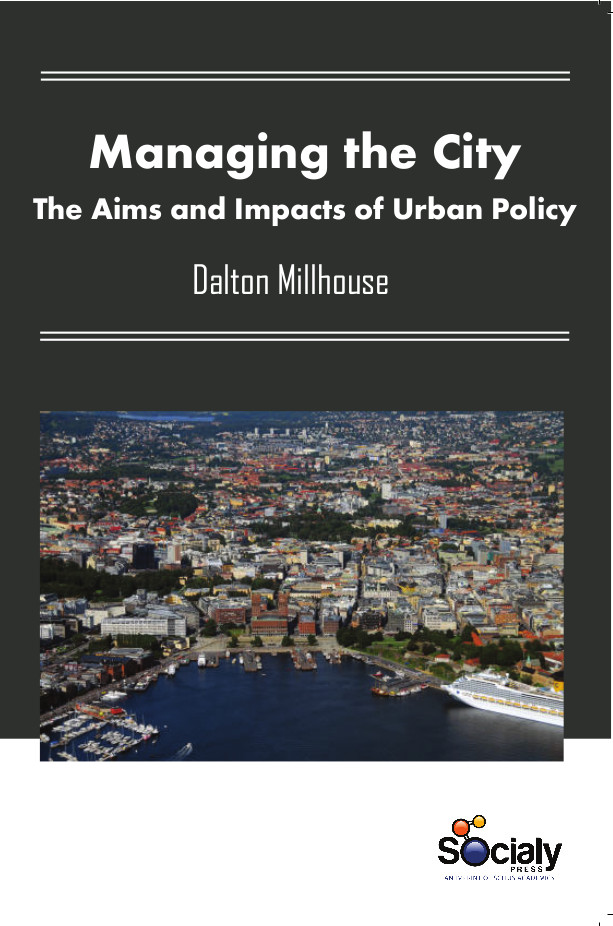To prevent the rapid urbanization from being a crisis is to operate cities in an innovative way. To that end, making a city smart is a new approach to urban development. The popular saying that crisis is the mother of innovation applies for smart cities as well. The smart city approach is emerging as a way to solve tangled and wicked problems inherited in the rapid urbanization. Since the wicked and tangled problems of urbanization are social, political and organizational, smart city strategies for innovation must reflect consideration of management and policy as well as technology. The implication of a smart city represents city innovation in management and policy as well as technology. The unique context of each city shapes the technological, organizational and policy aspects of that city, a smart city can be considered a contextualized interplay among technological innovation, managerial and organizational innovation, and policy innovation. This monograph reveals the contradictory nature of urban policies implemented. Other recent approaches in urban planning and city management with an emphasis on citizen participation and the definition of proposals for social inclusion are presented.
Managing the City: The Aims and Impacts of Urban Policy discusses about the housing and urban policies implemented in major cities and its effects in city expansion considering that social inclusion and sustainable development. According with these principles new approaches in urban planning are described. Other recent approaches in urban planning and city management with an emphasis on citizen participation and the definition of proposals for social inclusion are presented.
During last decades social participation in urban planning has been developing in different ways encouraged by the academia, social organizations and local authorities. Recent urban planning processes are characterized by the presence, at least of two components: integrated or comprehensive approach and active participation of the social actors. Both components turn out to be unavoidable at the time of designing processes of sustainable planning on the future of the cities.













